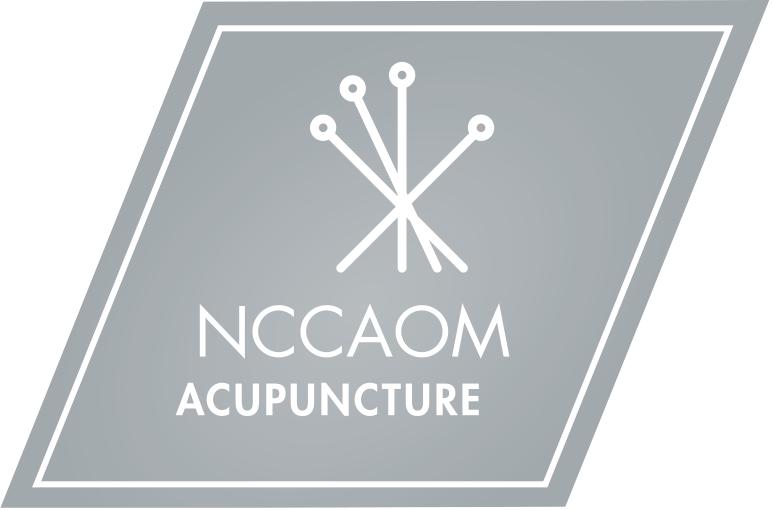Melody's Musings
Exploring Somatic Movement: Origins, Meaning, and Cultural Context

In recent years, the term "somatic" has gained popularity in various wellness and movement practices, often linked with disciplines like qigong, yoga, and more contemporary techniques such as fascia flossing. But what does somatic really mean, and how does it relate to these diverse practices? Moreover, how do considerations of cultural appropriation and rebranding come into play when these practices are adapted for broader audiences?
Understanding Somatic:
The term "somatic" originates from the Greek word "soma," which means "body." In the context of movement and wellness, somatic refers to techniques that emphasize the mind-body connection and the subjective experience of the body in movement. Somatic practices focus on internal sensations, proprioception (awareness of body position), and cultivating a deeper awareness of bodily movements.
Somatic Movement:
Somatic movement encompasses a wide range of practices that aim to re-educate the body through gentle, mindful movements. These practices often emphasize qualities such as relaxation, mindfulness, and the release of habitual patterns of tension. Instead of focusing solely on external forms or achieving specific poses, somatic movement encourages practitioners to explore how movement feels from within.
Origins in Qigong, Yoga, and Fascia Flossing:
- Qigong: Originating from ancient Chinese traditions, qigong combines movement, breathwork, and meditation to cultivate qi (life energy) flow throughout the body. It emphasizes the integration of mind, body, and spirit through gentle, flowing movements.
- Yoga: Rooted in Indian philosophy, yoga incorporates physical postures (asanas), breath control (pranayama), and meditation to achieve physical, mental, and spiritual well-being. Yoga's focus on unity and balance resonates deeply with somatic principles.
- Fascia Flossing: A more contemporary technique, fascia flossing involves movements designed to release tension in the fascia—a connective tissue network that surrounds muscles and organs. It borrows from both traditional somatic practices and modern understanding of anatomy.
Cultural Appropriation and Rebranding:
The globalization of somatic practices has sparked debates about cultural appropriation, especially when Eastern practices like qigong and yoga are adapted and rebranded for Western, often white, audiences. Cultural appropriation occurs when elements of a marginalized culture are adopted by a dominant culture without proper acknowledgment, respect, or understanding of their original context.
While some argue that making these practices accessible to a broader audience can promote understanding and inclusivity, others caution against diluting or misrepresenting their cultural and spiritual significance. Rebranding often involves stripping practices of their cultural markers to make them more palatable or marketable, potentially overlooking their deeper philosophical and historical roots.
Conclusion:
Somatic movement offers valuable tools for enhancing body awareness, promoting relaxation, and supporting overall well-being. However, as these practices continue to evolve and spread globally, it's essential to approach them with sensitivity to their origins and cultural contexts. Respectful engagement involves learning from and honoring the traditions that have nurtured these practices over centuries, while also recognizing the diverse ways they can benefit individuals worldwide.
By appreciating the origins of somatic practices in qigong, yoga, and fascia flossing, and by navigating discussions of cultural appropriation with care, we can foster a more inclusive and informed approach to wellness—one that celebrates diversity while promoting the universal benefits of mindful movement and holistic health.
In essence, somatic movement invites us to listen deeply to our bodies, cultivate awareness, and move with intention—an invitation that transcends cultural boundaries and speaks to the fundamental unity of the human experience.


